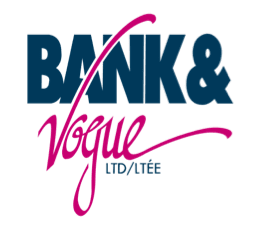One of the biggest challenges in the fashion world is products being returned to stores due to incorrect fit. A study by Body labs has discovered that approximately $62.4 billion of apparel and footwear is returned every year – this is roughly 57% of footwear and 64% of clothing purchases. One of the reasons there is such a high level of returns is the inconsistency in sizing across brands. The study by Body Labs discovered that customers would purchase more if it would guarantee the clothing/shoes would fit properly. Customers would also shop more frequently if discrepancies in fit did not exist.
Another challenge that needs to be addressed is the increasing frequency of customers shopping online. Customers say they return 20% of online footwear purchases, compared to a 13% return rate for in-store purchases.
Most people think that when they return something it’ll go straight back to store shelves to be resold. However, this is often not the case, especially since ‘wear and return’ fraud is a major problem for many retailers. Wear and return fraud is when a customer wears a product and returns it later, pretending it has been unworn. According to the National Retail Federation, the retail industry as a whole lost around $8.9 billion as a result of return fraud in 2012. Return fraud ends up affecting innocent customers, as stores often have to shorten return times and limit the types of products that can be brought back. Some stores like Bloomingdale’s have started placing large black plastic tags on obvious areas on garments over a certain price – if the tag is not in place when the item is returned, it is not accepted.
At Bank & Vogue, we endeavor to help reduce textile waste by finding uses for clothing and textiles that cannot be used by retailers.







